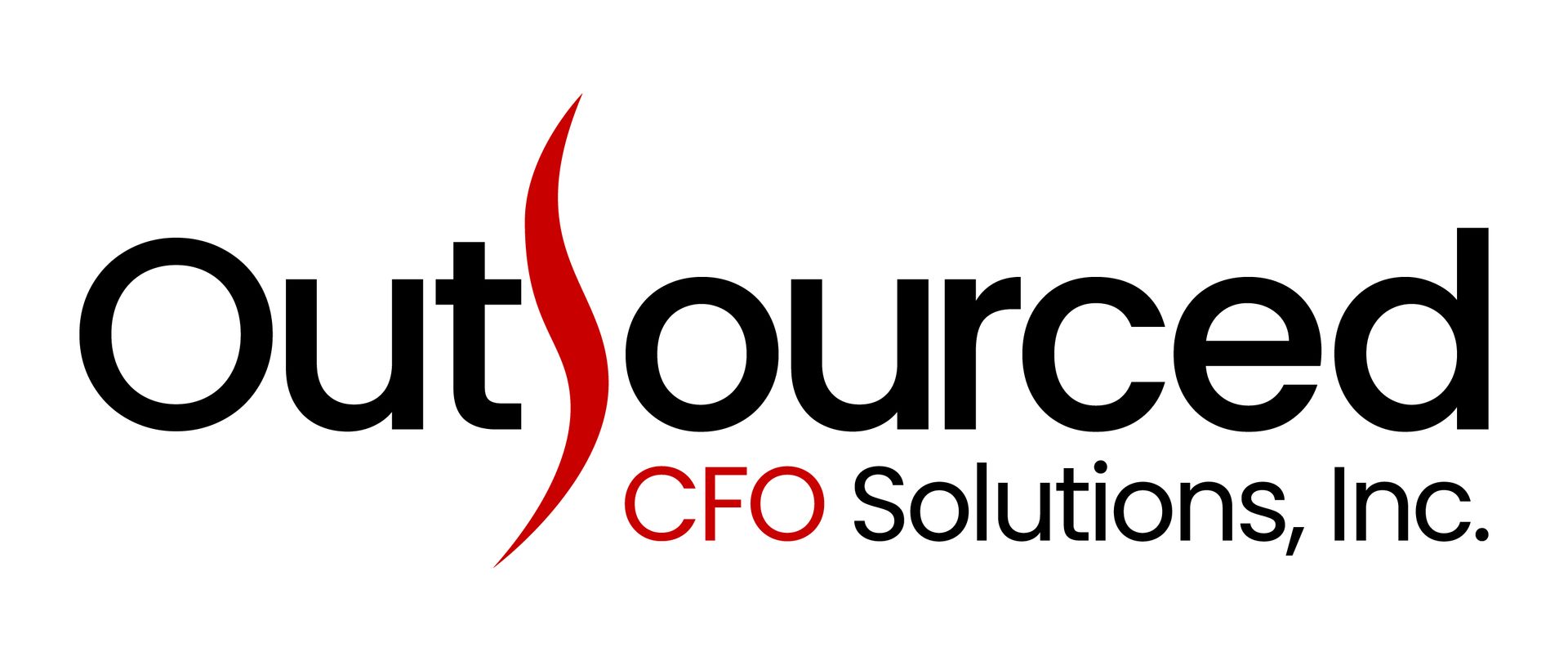IRS Raises Retirement Plan Contribution Limits and Introduces Super Catch-Up for 60-63 Year Olds in 2025
Learn how the new 2025 retirement contribution limits and age-based catch-up rules can boost your savings strategy.
With another successful tax season wrapping up today, it’s time to look ahead at upcoming changes that could impact your financial future. Starting in 2025, the IRS is increasing the contribution limits for 401(k), 403(b), and similar employer-sponsored retirement plans. Additionally, a new super catch-up contribution for employees aged 60 to 63 will provide an opportunity to boost retirement savings during critical pre-retirement years. However, these changes may still be subject to modification by Congress.
New Retirement Plan Contribution Limits for 2025
For 2025, the base contribution limit for 401(k), 403(b), and similar plans will increase, allowing employees to set aside more of their pre-tax income for retirement. While the exact base limit will be announced later in 2024, it is expected to rise slightly from the 2024 cap of $23,000.
In addition to the base limit, employees aged 50 and older can make catch-up contributions to enhance their retirement savings. For 2025, the standard catch-up contribution remains at $7,500. However, individuals aged 60 to 63 will be eligible for a new super catch-up contribution.
What Is the Super Catch-Up Contribution?
The super catch-up is an enhanced contribution limit specifically for workers aged 60 to 63. Beginning in 2025, these individuals will be able to contribute an additional $11,250 on top of the base limit, rather than the standard $7,500 catch-up. This means they can contribute up to $34,250 in total for the year, assuming the base limit is $23,000.
If the 2025 base contribution limit is $23,000, here’s how the contribution amounts break down by age group:
- Under 50:$23,000 maximum
- 50 to 59:$30,500 maximum ($23,000 + $7,500 standard catch-up)
- 60 to 63:$34,250 maximum ($23,000 + $11,250 super catch-up)
- 64 and older:$30,500 maximum (reverts to standard catch-up)
Why This Matters for Your Retirement Strategy
For those nearing retirement, the ability to contribute more to a retirement plan offers a crucial opportunity to build financial security. The final working years are essential for strengthening your nest egg, and the super catch-up provides additional tax-advantaged space to grow savings.
For younger workers, this serves as a reminder of the importance of consistent retirement planning. Even if you’re not yet eligible for catch-up contributions, steadily increasing your contributions over time can significantly enhance your retirement fund.
Tax Implications and Benefits
Maximizing your retirement contributions offers key tax advantages, especially in states like California where income taxes are high. By increasing pre-tax contributions, you can lower your taxable income and potentially reduce your overall tax liability. Additionally:
- Tax-deferred growth: Funds in your retirement account grow tax-deferred, meaning you won’t pay taxes on earnings until you withdraw them in retirement.
- Roth options: Some plans allow for Roth contributions, which are made with after-tax dollars but grow tax-free.
Key Considerations and Potential Changes
- Age Restriction: Once you turn 64, you no longer qualify for the super catch-up. Instead, you return to the standard $7,500 catch-up limit.
- Legislative Updates: These changes are part of the SECURE 2.0 Act, but Congress could modify them before or after implementation. Staying informed about updates is essential.
Strategies to Maximize Your Retirement Contributions
- Gradually increase contributions: If you’re not maxing out your retirement plan now, consider small incremental increases to prepare for 2025.
- Leverage employer matches: Ensure you’re contributing enough to receive the full employer match.
- Consult a financial advisor: A professional can help develop a tax-efficient retirement strategy tailored to your financial goals.
The Bottom Line: Prepare Now for 2025
By taking advantage of the super catch-up, you can significantly boost your retirement savings in the final years of your career. With strategic planning and professional guidance, you can make the most of these increased contribution limits.
As always, we’re here to help you navigate these changes and ensure your financial strategies align with your goals. Thank you for another successful tax season—and for planning ahead for a stronger retirement future!
Subscribe To Our Newsletter
Thank you for filling out the newsletter form! Stay tuned for exciting updates in your inbox soon.
Please try again later.
©2020 Outsourced CFO Solutions, Inc. All rights reserved. Info@cfopass.com
webmaster@cfopass.com



